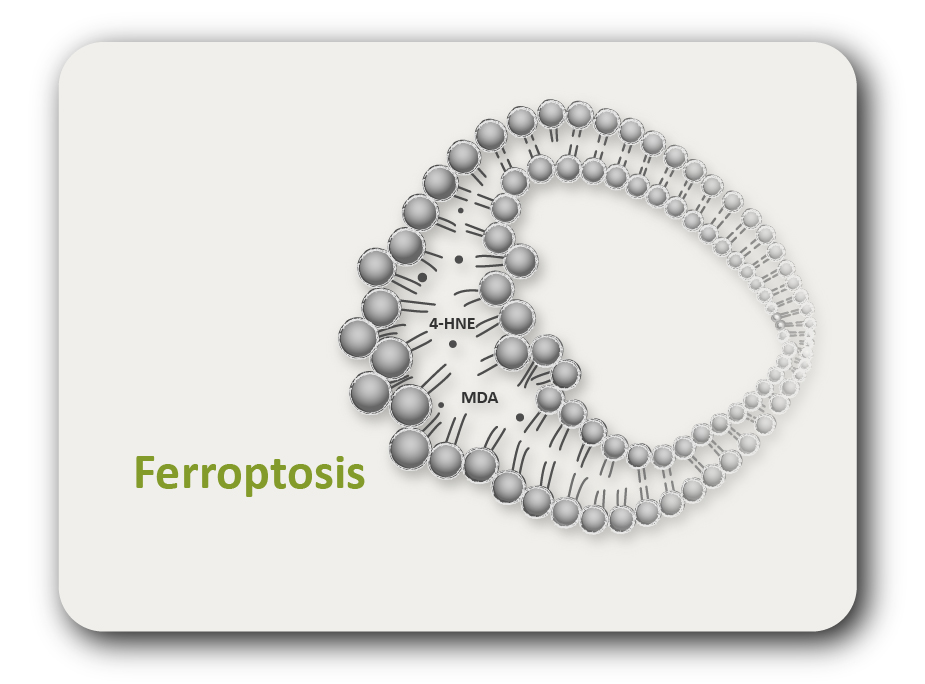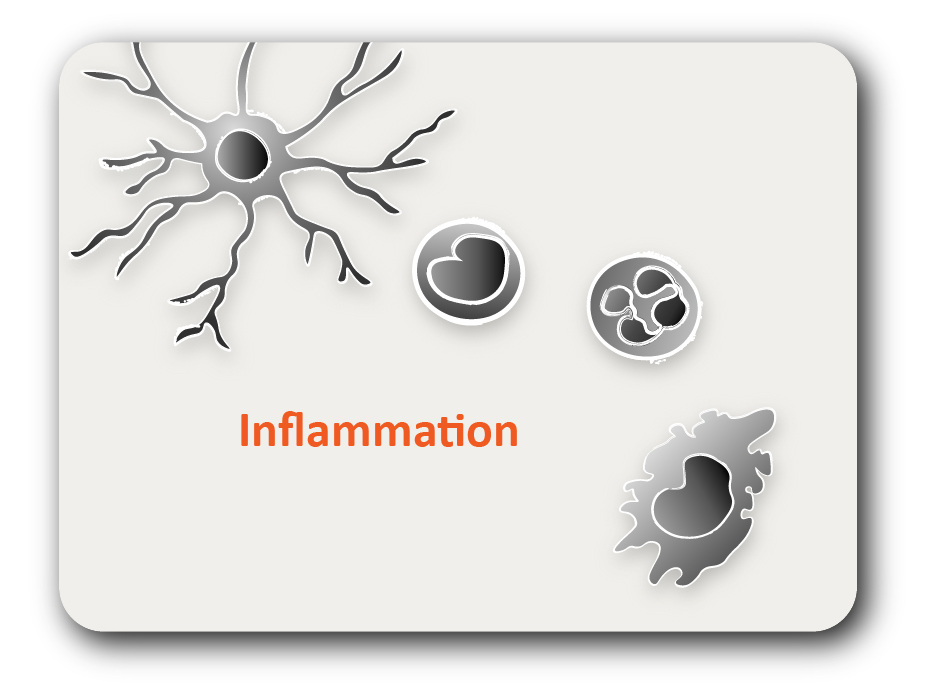ARG45337
anti-CCL21 / Exodus 2 antibody [10K10]
anti-CCL21 / Exodus 2 antibody [10K10] for IHC-Formalin-fixed paraffin-embedded sections and Mouse
Overview
| Product Description | Rat Monoclonal antibody [10K10] recognizes CCL21 / Exodus 2 |
|---|---|
| Tested Reactivity | Ms |
| Tested Application | IHC-P |
| Host | Rat |
| Clonality | Monoclonal |
| Clone | 10K10 |
| Isotype | IgG2 |
| Target Name | CCL21 / Exodus 2 |
| Antigen Species | Mouse |
| Immunogen | Recombinant Mouse CCL21 / Exodus 2. |
| Conjugation | Un-conjugated |
| Alternate Names | CCL21; C-C Motif Chemokine Ligand 21; 6Ckine; SLC; SCYA21; TCA4; CKb9; ECL; Small Inducible Cytokine Subfamily A (Cys-Cys), Member 21; Efficient Chemoattractant For Lymphocytes; Secondary Lymphoid Tissue Chemokine; Chemokine (C-C Motif) Ligand 21; Beta Chemokine Exodus-2; C-C Motif Chemokine 21; Exodus-2; Secondary Lymphoid-Tissue Chemokine; Small-Inducible Cytokine A21; Beta-Chemokine Exodus-2 |
Application Instructions
| Application Suggestion |
|
||||
|---|---|---|---|---|---|
| Application Note | * The dilutions indicate recommended starting dilutions and the optimal dilutions or concentrations should be determined by the scientist. |
Properties
| Form | Liquid |
|---|---|
| Purification | Protein G/A chromatography |
| Buffer | PBS |
| Concentration | 0.2 mg/ml |
| Storage Instruction | For continuous use, store undiluted antibody at 2-8°C for up to a week. For long-term storage, aliquot and store at -20°C or below. Storage in frost free freezers is not recommended. Avoid repeated freeze/thaw cycles. Suggest spin the vial prior to opening. The antibody solution should be gently mixed before use. |
| Note | For laboratory research only, not for drug, diagnostic or other use. |
Bioinformation
| Gene Symbol | CCL21 |
|---|---|
| Gene Full Name | C-C Motif Chemokine Ligand 21 |
| Background | This antimicrobial gene is one of several CC cytokine genes clustered on the p-arm of chromosome 9. Cytokines are a family of secreted proteins involved in immunoregulatory and inflammatory processes. The CC cytokines are proteins characterized by two adjacent cysteines. Similar to other chemokines the protein encoded by this gene inhibits hemopoiesis and stimulates chemotaxis. This protein is chemotactic in vitro for thymocytes and activated T cells, but not for B cells, macrophages, or neutrophils. The cytokine encoded by this gene may also play a role in mediating homing of lymphocytes to secondary lymphoid organs. It is a high affinity functional ligand for chemokine receptor 7 that is expressed on T and B lymphocytes and a known receptor for another member of the cytokine family (small inducible cytokine A19). [provided by RefSeq, Sep 2014] |
| Function | Inhibits hemopoiesis and stimulates chemotaxis. Chemotactic in vitro for thymocytes and activated T-cells, but not for B-cells, macrophages, or neutrophils. Potent mesangial cell chemoattractant. Shows preferential activity towards naive T-cells. May play a role in mediating homing of lymphocytes to secondary lymphoid organs. [UniProt] |
| Cellular Localization | Secreted. [UniProt] |
| Calculated MW | 15 kDa |
| PTM | Disulfide bond. [UniProt] |
Images (1) Click the Picture to Zoom In





